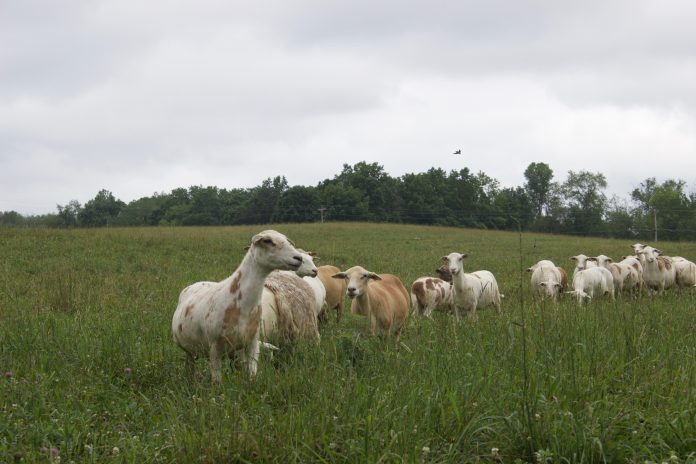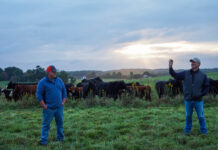We are into the time of year when the cool season grasses really start to slow down. The heat and drier weather slows the growth.
This is also a time when forage requirements are high, as calves are starting to get some size to them, the cows have to maintain lactation, and we are also wanting them to breed back. We need to plan ahead to maintain the pastures the best that we can to get through the summer slump.
Annuals
I read a lot of articles that talk about planting warm-season annuals. I am not against using warm-season annuals, but there is a lot that goes into it.
While warm-season annuals will produce a lot of forage throughout the summer months, you also have to buy the seed to plant them every year, hope that the seeding is successful, rent a no-till drill and find the time to plant when you have a lot of other farm tasks that need to be done.
Then, a cover crop should be planted in the fall which can also be grazed, but that takes time and money for seed. You also have to know how to manage the warm season annuals to prevent prussic acid poisoning.
Manage grasses
If you manage your cool season grasses and plan ahead for the summer slump, they will produce enough to get through the summer without any supplemental feed. They will also save you a lot of time and money since they are perennials.
I think the best way to plan for the summer slump is to prepare for a drought year every year. The right stocking rates will keep pastures from being picked too short but will also keep up with the forage production so you don’t have to clip pastures after each rotation.
Clipping the pastures before they go to seed head will keep the grasses in production mode. Hopefully, you only have to clip once a year.
Proper rest
The biggest factor for managing cool season grasses through the summer slump is providing the pastures with proper rest period after grazing. In the spring time when the grass is growing fast, two to three weeks is probably enough.
Through the summer slump, six weeks or even longer will allow the grasses to recover from grazing and continue to grow. The longer rest periods also get more grass cover on the soil to keep soil temperatures down and prevent all rainwater we do get from running off the field.
If you currently have a shorter rest period for your pastures, try taking one of the pastures out of the rotation and giving it six weeks to recover.
On one of my own farms, we have a six-rotation system. Usually, cattle are rotated once a week. I sometimes let them go a little longer if there is enough grass to do so.
With the six rotations, the pastures get at least five weeks of rest, and usually, it ends up being six. The forage stands look good when the cows go back into them. Especially on a year where rain is plentiful.
Last year, I kept the cows rotating until the first week of December before they went to the stockpiled grass.
(Wyatt Feldner is the Agricultural Technician for the Monroe County Soil and Water Conservation District.)













